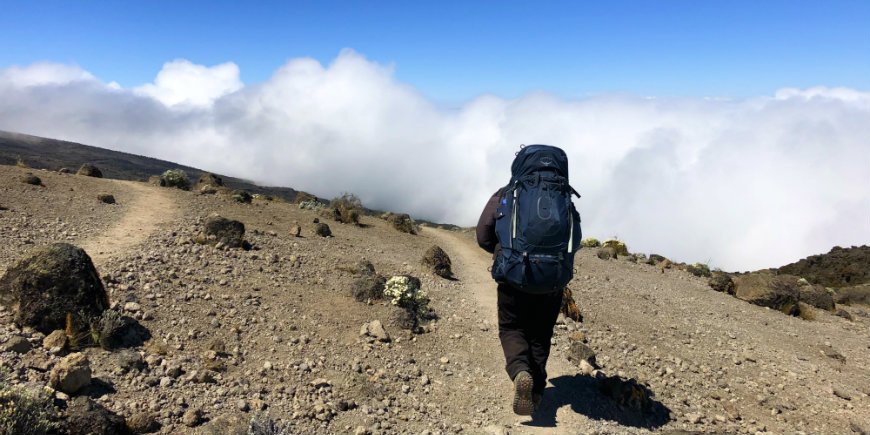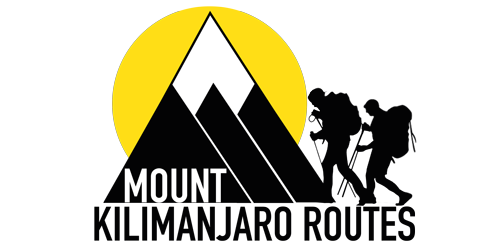Kilimanjaro Safety

High altitude trekking is a dangerous proposition but by leveraging time-proven techniques and proper training, it is possible to mitigate these risks so that your climb can be safe and successful. In order to let your body function properly at high altitudes, it is critical that you allow yourself time to acclimatize due to the lack of oxygen. Simply put, by placing your body at altitude, real or simulated, your body will begin to adapt to the lower concentrations of oxygen and it will allow you stay at altitude longer with suffering ill effects. This is traditionally done through your training regimen by hiking at altitude and it is something we highly recommended. For our clients that live near sea level and practice hiking at altitude Is not practical, there are several companies that offer high altitude training systems that can be rented for 6-8 weeks prior to your departure which simulates high-altitude and allows your body to prepare. For most clients, simply having a pre-climb safari where you get to visit the majestic Ngorongoro Crater and the high plains of the Serengeti National Park is more than enough to get your body ready. Additionally, our routes have acclimation stops built in so that you have the best possible chance of realizing your dream of standing on the summit. For extra comfort, you can add an extra acclimation day into your itinerary although most clients do not require it. It is almost impossible to know who will and who will not get AMS. It is something in each of our bodies that makes us more or less susceptible and all we do to mitigate this issue is to properly prepare for the climb.
Acute Mountain Sickness (AMS)
Acute Mountain Sickness (AMS) is something that is experienced in some degree by virtually everyone who climbs Kilimanjaro. This is due to the fact that most people do not normally stay for extended periods of time at altitudes greater than 10,000 ft/3,000 m although symptoms can arise at altitudes as low as 6,500 ft/2,000 m. This condition is exacerbated by the following:
- Being at Altitudes Higher than 10,000 ft/3,000 m
- High Levels of Exertion
- Fast Rates of Accent
If signs of AMS continue to escalate it will be necessary to descend to a lower level and allow your body to continue to acclimate. AMS begins slowly, within the first 12-24 hours of arriving at altitude, and has the following characteristics:
- Headache
- Loss of Appetite
- Restless Sleep Patterns
- Nausea and Dizziness
These symptoms are common and are not a reason for anxiety and usually can be controlled by eating full meals, drinking plenty of water, walking slowly (pole, pole…Swahili for slowly, slowly), taking slow deliberate breaths, using over the counter ibuprofen and getting enough rest.
If AMS is allowed to continue and your progress and it moves to the Moderate stage you will see the following characteristics and should be communicated to your trek guide as soon as possible.
- Normal Activity is Difficult
- Headaches that Cannot be Treated with Ibuprofen
- Vomiting
- Shortness of Breath
- Disorientation and Some Loss of Motor Control
Severe AMS is very serious and should be treated with the utmost priority. YOU MUST COMMUNICATE to your Guide IMMEDIATELY! Characteristics include the following:
- Shortness of Breath at Rest and Inability to Catch Your Breath
- Fluid In The Lungs
- Inability to Walk
- Inability to Communicate Effectively
- Moderate and Severe AMS can only be treated by descending to a lower level and allowing nature to run its course. Our guides are trained in recognizing the signs of AMS and will help you return to safety if that is required and can help you eliminate the symptoms of this high altitude condition.
Drug therapy
Diamox (acetazolamide) is a common drug used to fight the effects of AMS and many of our clients use it on a regular basis. We will be happy to explain how it is used and its advantages but in the end, it is ultimately a personal choice each climber needs to make on their own. Mount Kilimanjaro Routes does not take a stance on whether you should or shouldn’t leverage the medication. As always, you should consult with your physician to ensure you are clear to take any medication.
Oxygen tanks can be arranged for your climb, but they will never be used to help you continue your trek and will only be used in an Emergency Situation. Once Oxygen is used the climber MUST descend immediately.
Altitude Training Equipment
For those clients who live at low altitudes or near sea level and cannot train at higher altitudes, there are companies who can create an artificial altitude environment that tricks your body into thinking that it is at altitude and it helps your body begin the transformational process to prepare for your climbs. These solutions are not required but rather desired by some of our clients. We have listed a few of the suppliers below.
- www.trainingmask.com
- www.o2trainer.com
- www.hypoxico.com (used by Michael Phelps when training for Olympics)
- www.higherpeak.com



